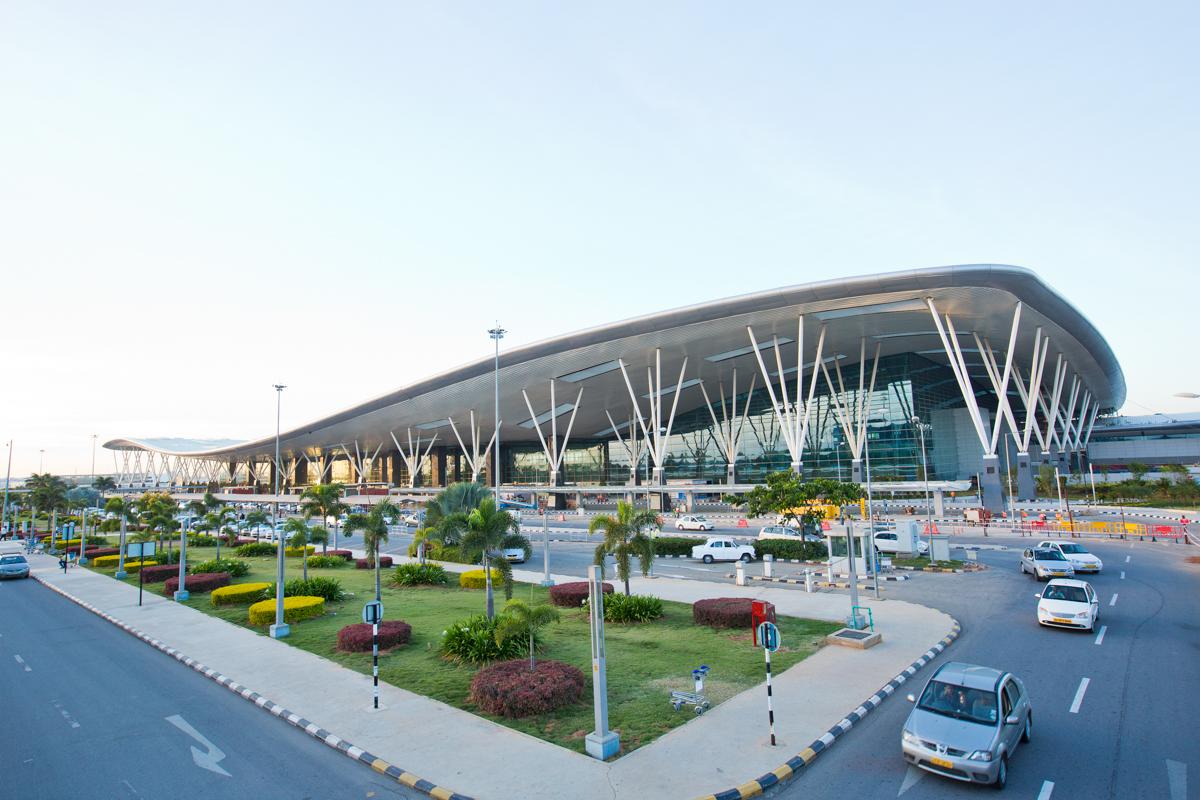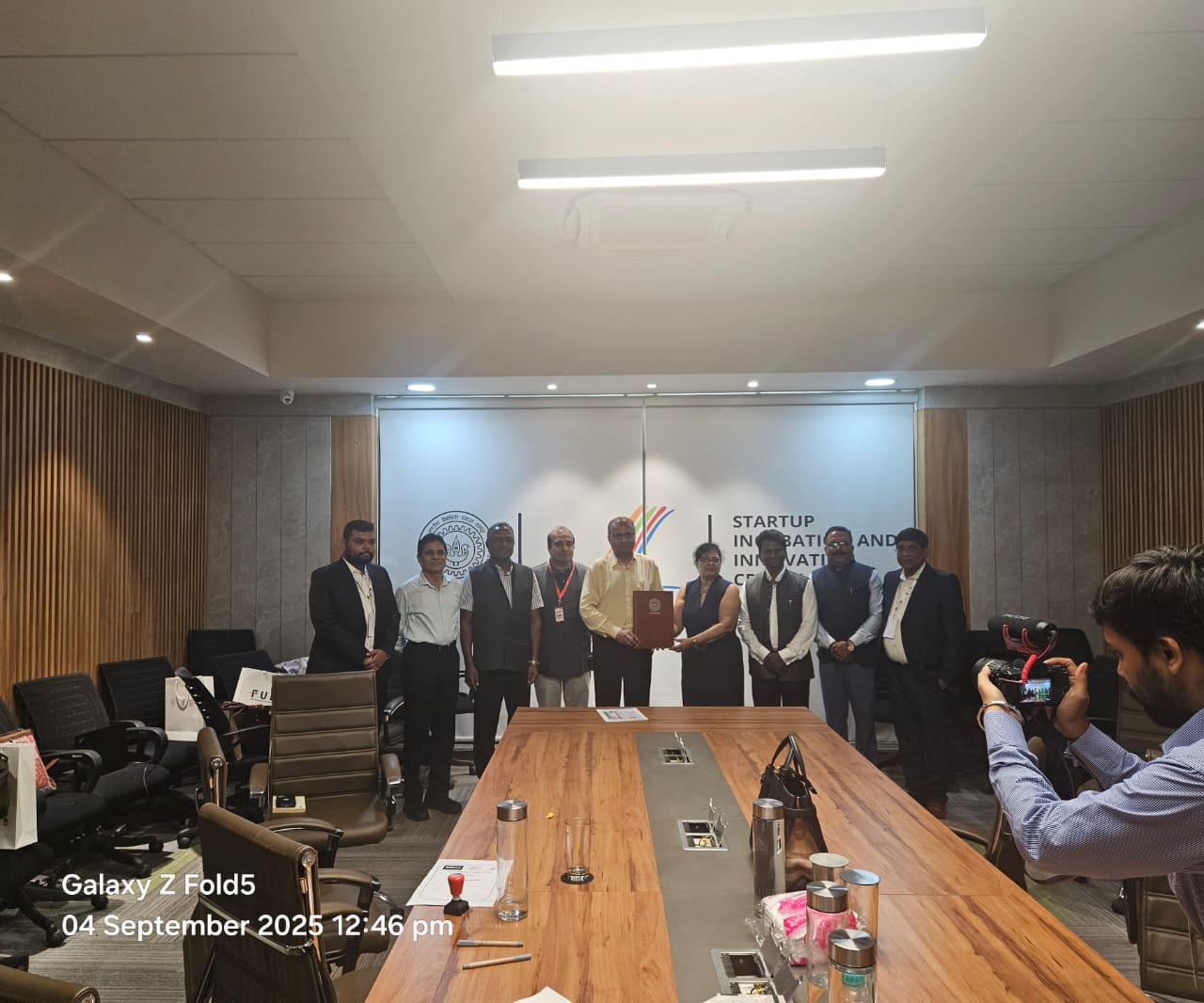The Government of India’s mega project of building 3381 kilometers of Dedicated Freight Corridors (DFCs) passing through nine states, where goods trains have their own rail tracks separate from passenger trains, has the potential to revolutionize transportation in the Indian economy. This will make transportation cheap, fast and more accessible to industry and agriculture. Combining slow freight and fast passenger trains is complicated and leads to traffic congestion as freight trains have to make way for faster passenger trains. The freight railroad sector in the United States offers interesting insights into the impact of such a project on the economy. Railways are a government-run monopoly in India and so are the freight trains. Therefore, a comparison with the United States which has several privately run freight railway companies may be an unlikely one, but still offers interesting parallels. America’s freight network is universally recognized as among the best in the world and has served the nation as its transportation lifeline for over 40 years. After years of regulation, The Staggers Rail Act of 1980 took a major step towards deregulation by freeing rail fares and giving railway companies the freedom to charge market rates, enter into contracts with clients and manage the railroad networks independently. This move reinvigorated the freight railway sector in the United States. The freedom to run their business as they saw fit led to dramatic improvements which included a sharp rise in traffic and productivity and a fall in freight costs. Productivity rose by 172?tween 1981 and 2010, rates fell by 55% and the share of the freight market, measured in ton-miles, rose steadily to 43%, among the highest in rich countries. The average horsepower of the locomotives has risen by 72% since 1990 and the introduction of lighter stronger freight wagons such as those made of aluminum has led to higher energy efficiency lifting the ton-miles per American gallon of fuel from 332 to 457(The Economist: “High-speed Railroading https://www.economist.com/briefing/2010/07/22/high-speed-railroading). This sector has been sucking costs out of supply chains, so much so that Warren Buffett’s Berkshire Hathaway purchased $34 billion stock in 2009 in Burlington Northern Santa Fe (BNSF) which is, one of the seven main freight railways
The most interesting aspect has been the phenomenal growth in “intermodal traffic” in the US, which refers to containers or truck trailers loaded on flat railcars, which are carried by rail to the train station nearest to the final destination, and simply rolled off to complete the final stretch of the journey by road. The number of such shipments saw a staggering increase from 3 million in 1980 to 12.3 million in 2006. Big truck companies see the merit of putting trailers on flat wagons for long distances and using roads only for local pickup and delivery. In addition, freight trains, some of which can be a mile long, can carry on an average as much load as 280 lorries can and these factors together can help curb traffic congestion. A case in point is the special freight rail expressway, the Alameda corridor, which opened in 2002 to link ports to important national rail routes, bypassing hundreds of level crossings that caused huge traffic jams. The “Roll on Roll off” service of the Indian railways which was first introduced by Konkan Railway in 1999 is a similar innovation where trucks are loaded through a ramp provided at the dead end of a loop on wagons that have been suitably modified to allow trucks to pass over them. This mode of transport can insulate prices of foodstuffs from the rise in diesel prices. The Government’s “Gatishakti” platform which aims to develop multimodal connectivity in an integrated and coordinated manner can help in seamlessly and efficiently developing intermodal traffic in India leading to fall in road congestion, significant savings in diesel and a reduction in carbon footprint. The reduction in transportation costs can enhance India’s export competitiveness as logistic costs constitute 14-15%, which is twice that of international levels (Economic Times, February 1, 2023).
Dedicated Freight Corridors can give a huge impetus to productivity in industry and agriculture by connecting geographically diversified markets and facilitating the transportation of critical inputs, raw materials and finished products. The single biggest cargo transported through this mode in America is coal as more than 70% is transported by rail. This highly efficient and fast mode of transportation has facilitated the efficient functioning of private “cash” grain markets in the US such as the Minneapolis grain exchange which trades several premium varieties of wheat. These markets provide a setting where buyers and sellers meet to discuss a transaction publicly or privately. The buyer and seller determine the price, quantity, quality and specific place and time of delivery. For instance, samples of grain already loaded into railcars and ready for sale are made available to the buyer for viewing in the morning business hours. After the deal is concluded, grain is moved to the specific location by rail. The buyer pays for the grain and the seller conveys the title upon delivery. Such cash transactions cover grain that is on hand, grain scheduled to arrive at a specific time, or grain that is ready for shipment from rural locations. The sellers of cash grain may be represented on the floor by an agent or broker who charges a commission for his services. Buyers of cash grain may be exporters or grain processors such as milling companies. The three farm bills introduced by the BJP government and subsequently withdrawn amid protests envisaged the setting up of such agricultural markets in the near future outside the APMC (Agricultural Produce Market Committee) network without the intermediation of middlemen. For example, big food processing companies such as Britannia, Kissan and PepsiCo could enter into contracts with local farmers for delivery of wheat, fruits, vegetables and even dairy products to their factories using multimodal transport using both rail and road networks thus reducing wastages, cutting transportation cost and helping curb food inflation by eliminating middlemen.
(The writer is a Research Scholar at DAV University, Jalandhar)








 OpinionExpress.In
OpinionExpress.In















Comments (0)